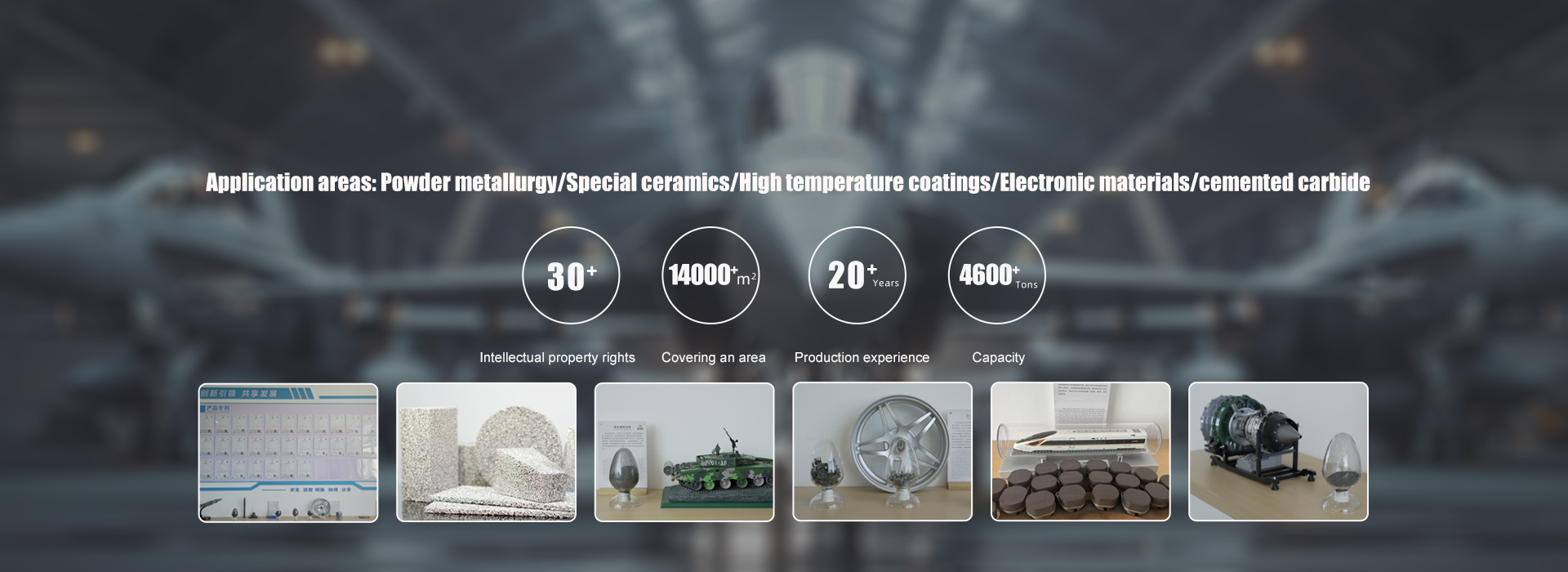Research Progress of Rare Earth Borides
2025-05-17
Rare earth borides possess unique mechanical, thermal and electrical properties, especially featuring low work function, high hardness, high melting point, high electrical conductivity, high Young's modulus, good thermal stability and excellent chemical stability. They can meet the requirements of field emission performance, such as low turn-on field and threshold field, large field emission enhancement factor and stable emission current. These materials are widely used in various fields of industry and national defense. Starting from the concept of rare earth borides, this paper introduces their characteristics, applications and research progress at home and abroad, briefly describes the main products of binary and ternary rare earth borides and their synthesis methods, and puts forward suggestions for the future research direction and key contents of rare earth borides in China.








